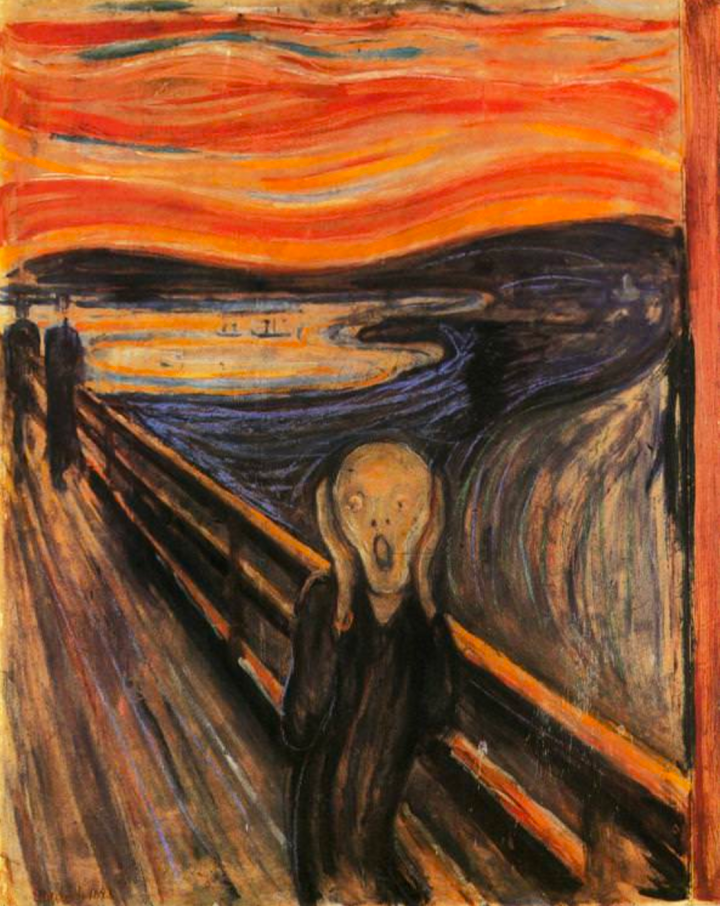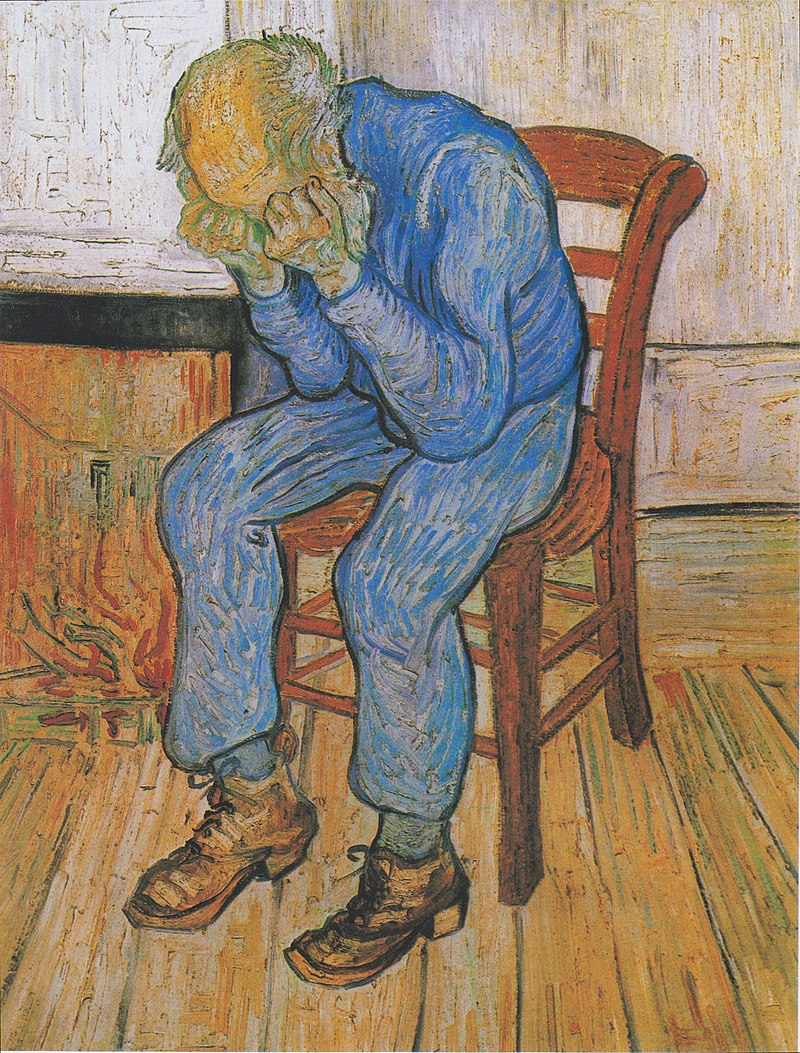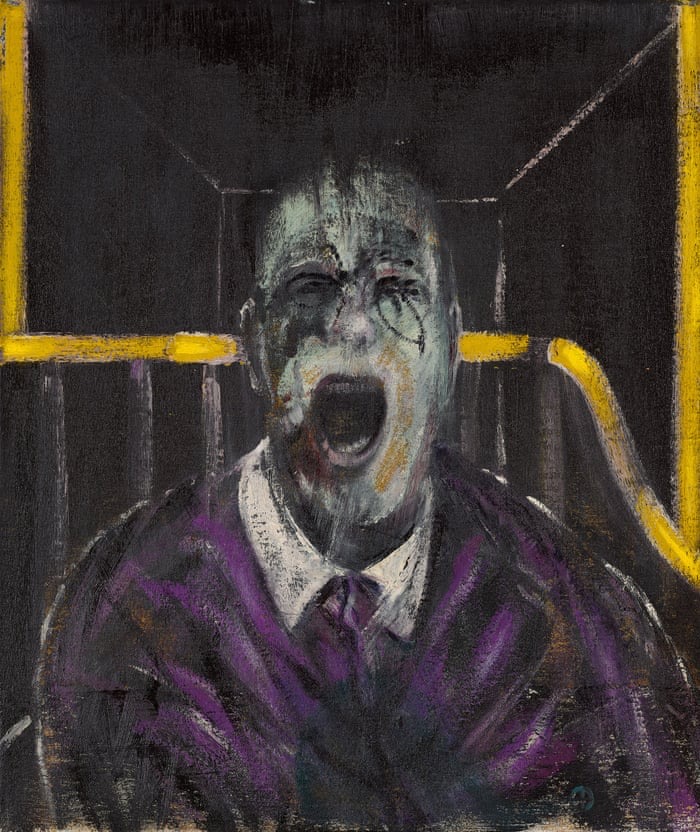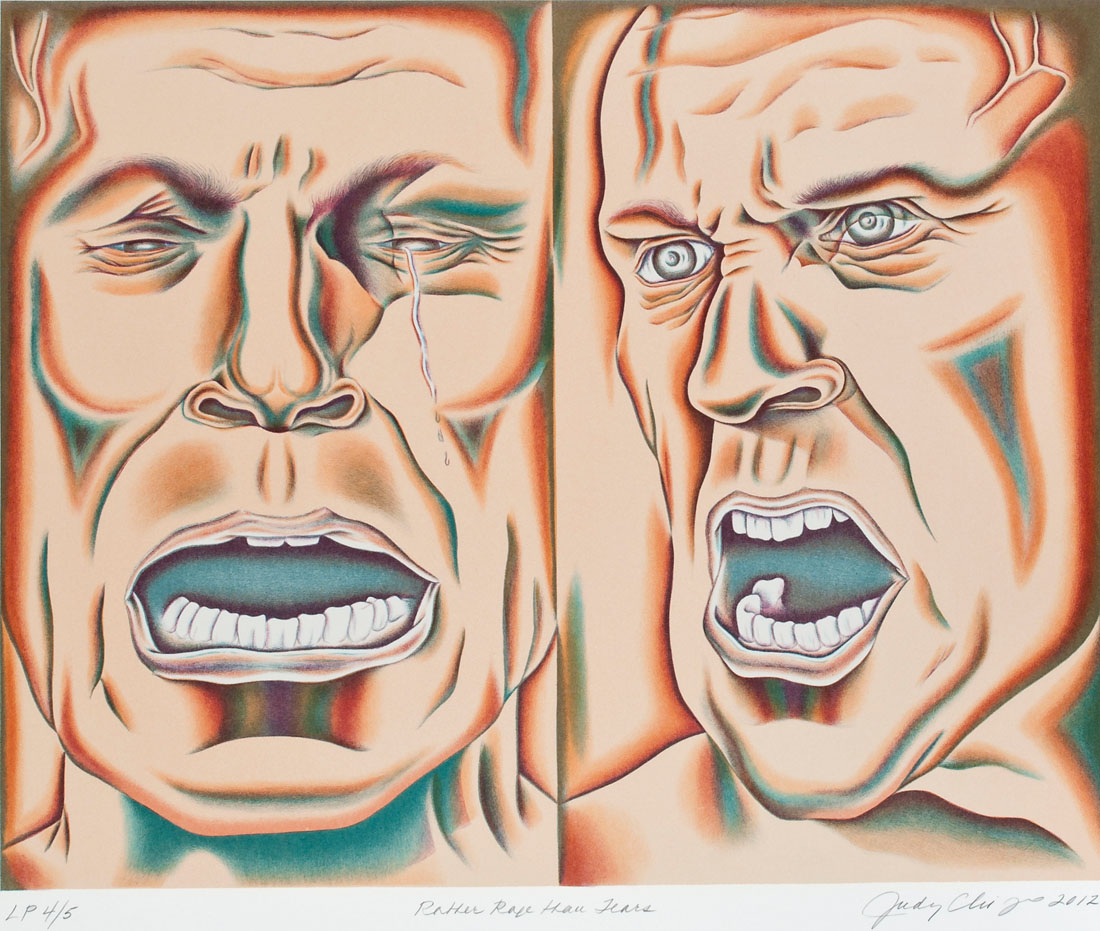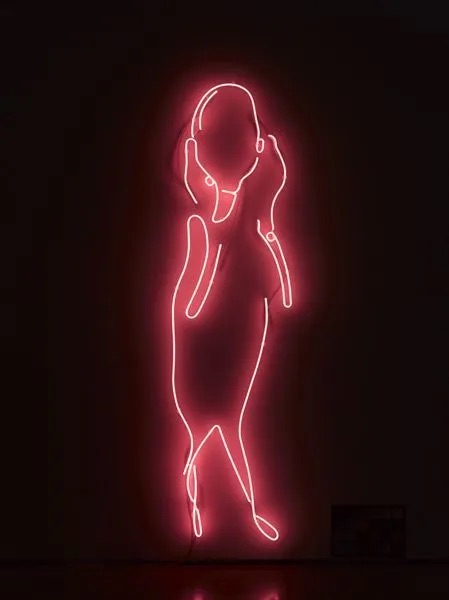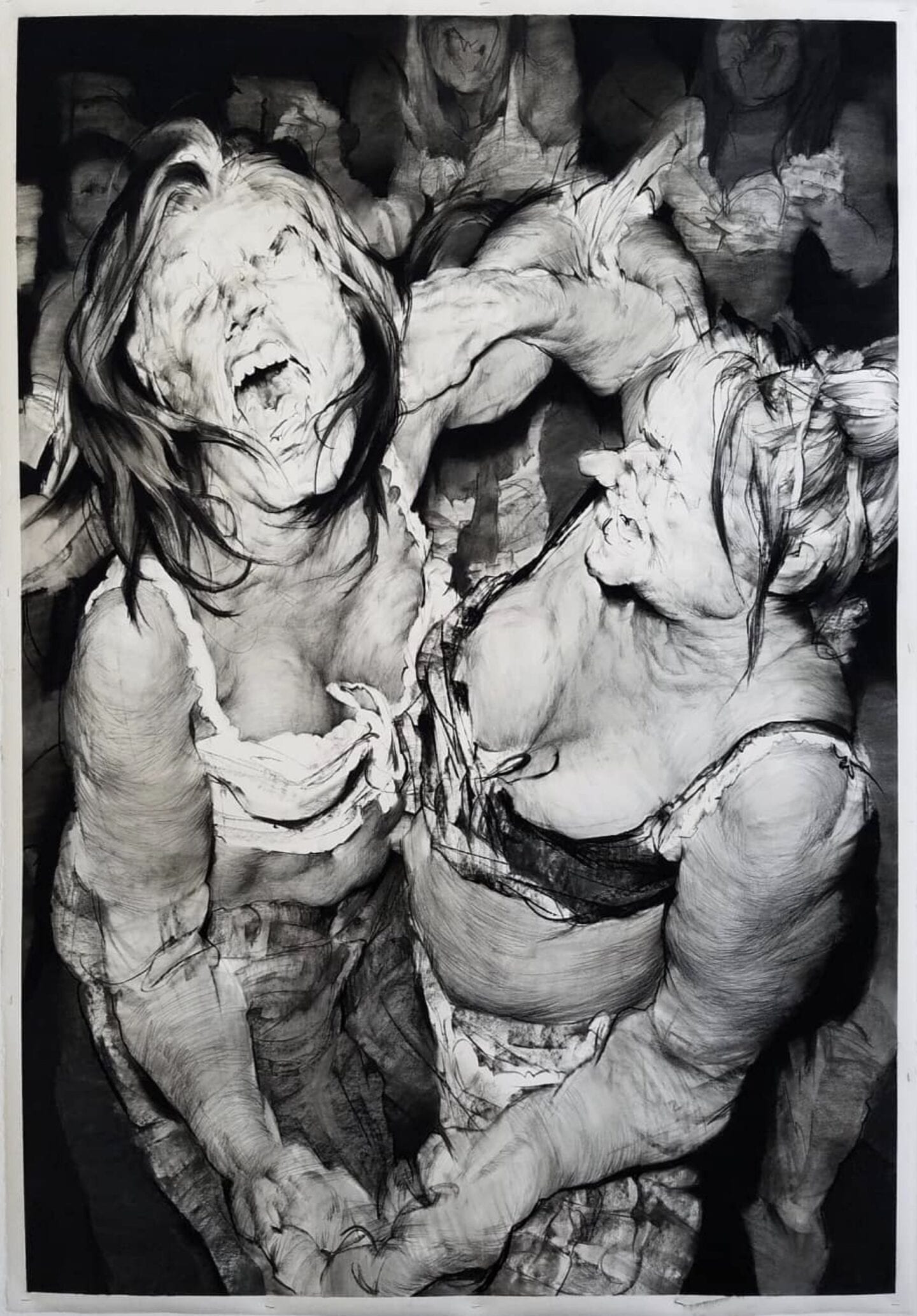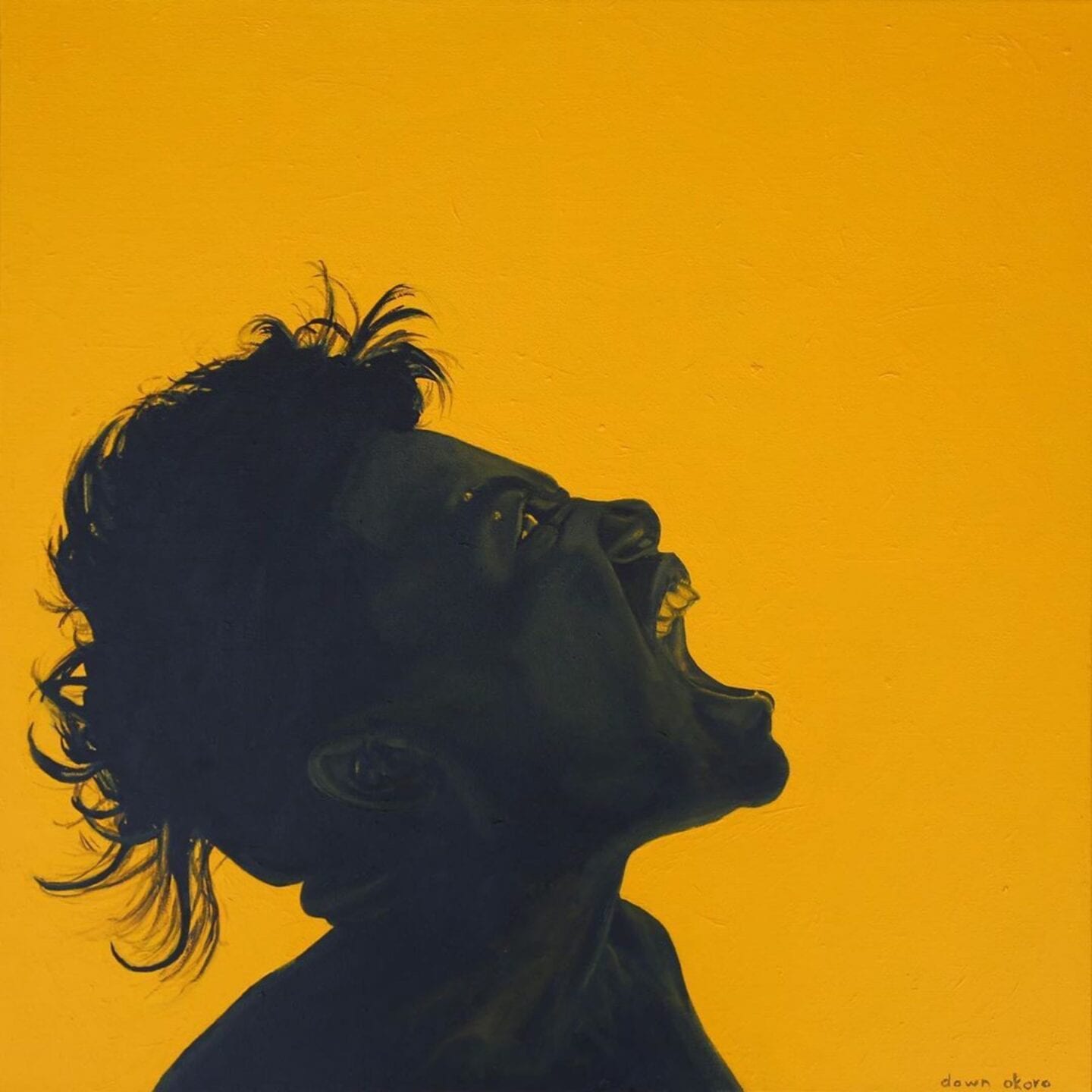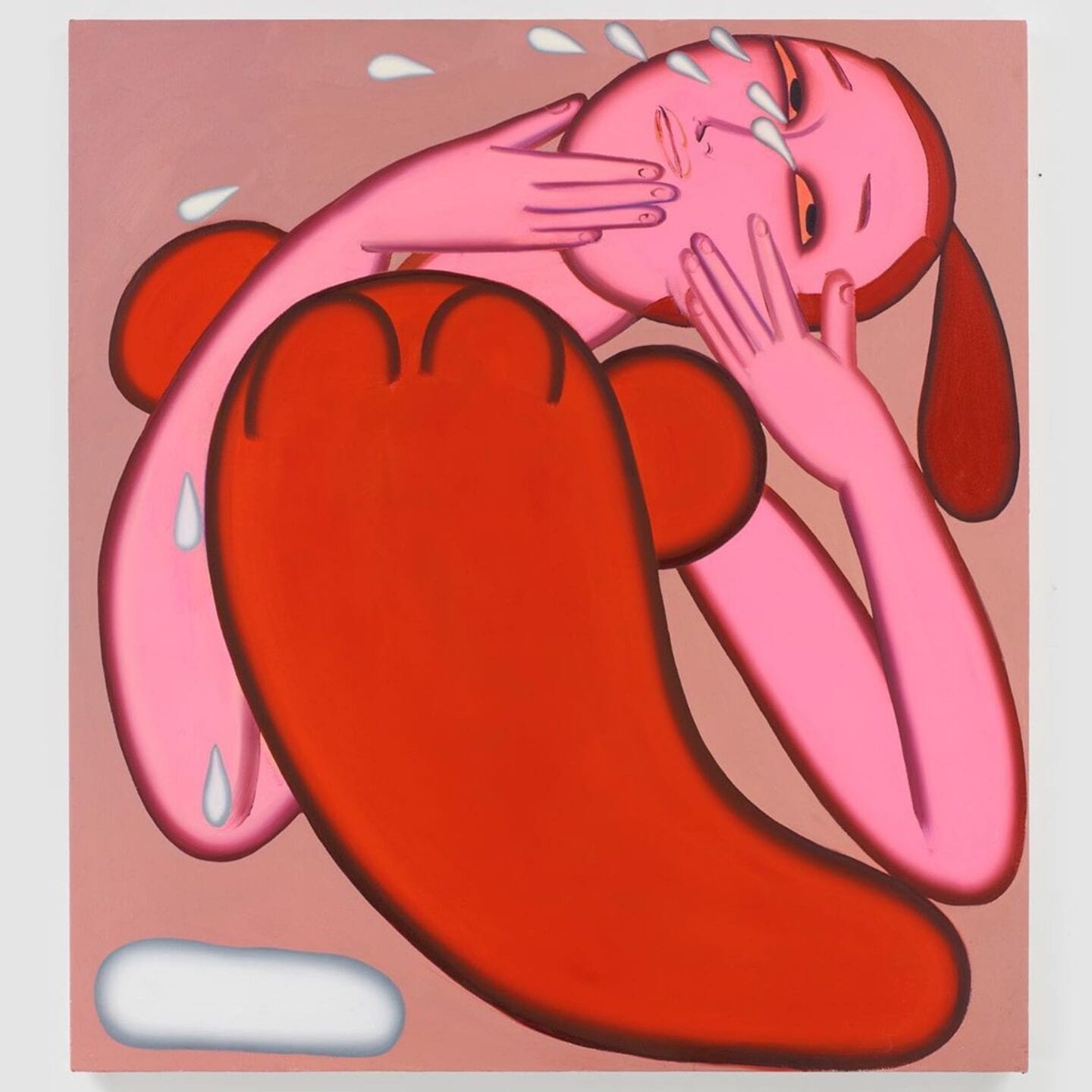Hear Me Roar: Mental Health in Art History from Modern to Contemporary Art
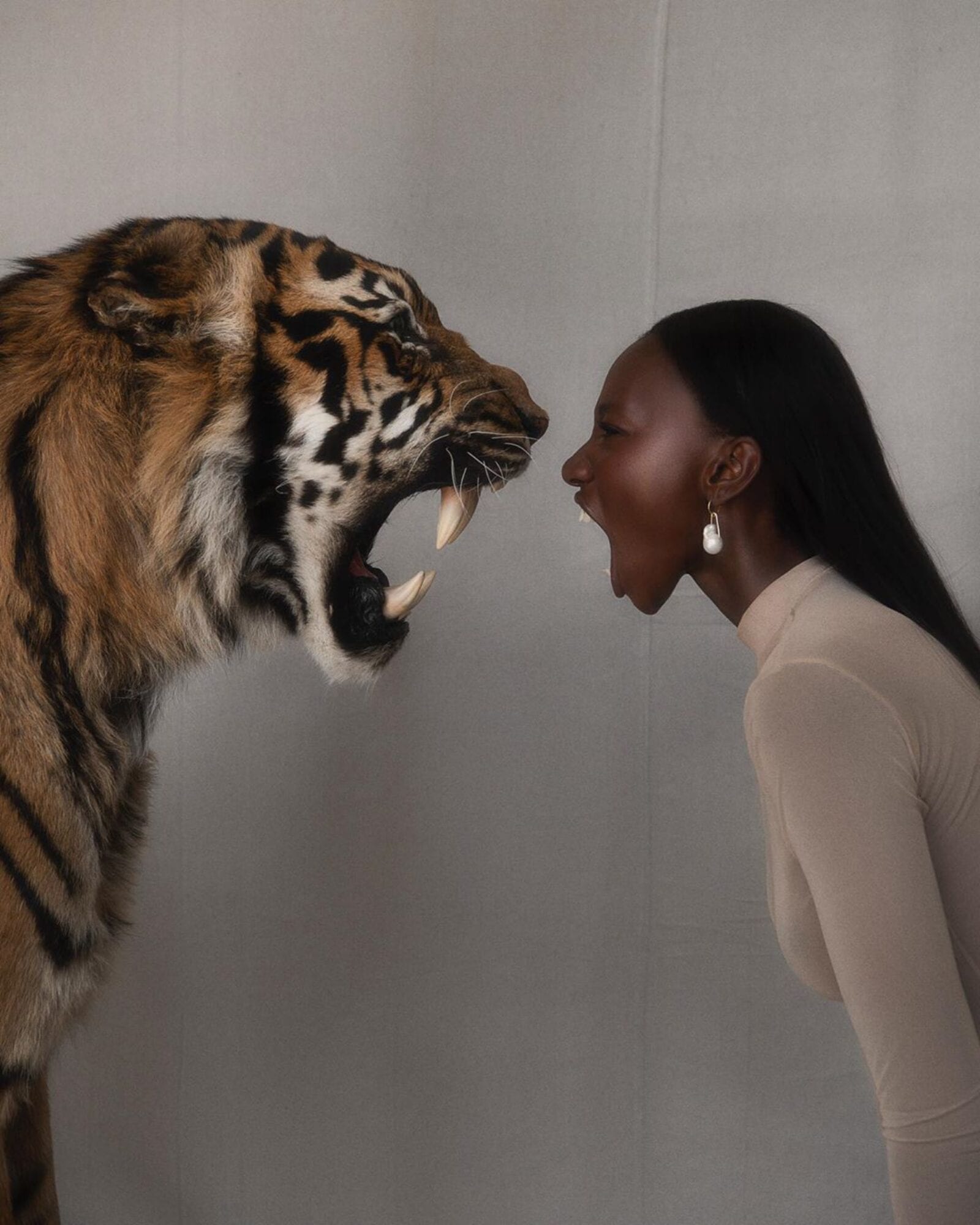
Who else has had enough of 2020? This week we are letting out all of our pent up emotions and angst with art that screams!
Today we’re exploring mental health and gender bias when it comes to emotional expressivity throughout art history, from the melancholy and morbidity portrayed in the modern era to contemporary art.
Differences in emotion expressions are commonly stereotyped with women showing greater emotional expressivity, especially for positive emotions and internalizing negative emotions such as sadness,. Men, on the other hand, are stereotyped to “man up”—taught to experience anger instead of sadness and maintain a face when faced with tough situations. Why do these differences emerge and how have they become detrimental to our society? What are the implications of acceptable behavior and how does it perpetuate toxic masculinity? How does calling a woman “too bossy” or “too emotional” minimize a woman’s ability to flourish?

“Almost every woman I have ever met has a secret belief that she is just on the edge of madness, that there is some deep crazy part within her, that she must be on guard constantly against ‘losing control’—of her temper, of her appetite, of her sexuality, of her feelings, of her ambition, of her secret fantasies, of her mind.”
—Sinister Wisdom #36: Surviving Psychiatric Assault & Creating Emotional Well-Being in Our Communities
Especially this year during isolation, how do we cope? Do we keep our anxiety internalized and pretend everything is okay? Or do we secretly break down behind closed doors?
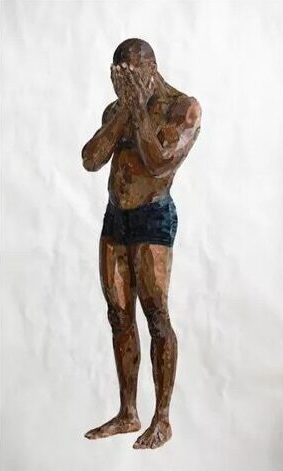
When words could not express the toxicity of the human mind, a paint brush was used instead. Mental illness and depression have been integral inspirations behind many artists, most famously, revealing the unraveling mind of Vincent van Gogh. Plato has stated that “madness is a gift from the Gods,” and more recently, British poet Lord Byron stated that artists are “all crazy. Some are affected by gaiety, others by melancholy, but we are all more or less touched.”
For centuries, art has encapsulated the madness within with striking reds, hypnotic patterns, and unsettling blues. Thanks to these artists and portrayals of the tortured mind, we aim to dismantle all illusions of society’s obsession with perfectionism, happiness, and success and realize that the catastrophic effects of depression, rage, and anxiety are also part of the shared human experience. Through art we explore the fragility of emotion and one common truth: we are all human and we all feel the same things.
